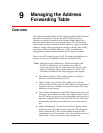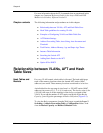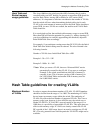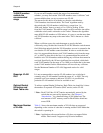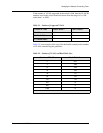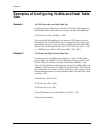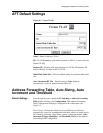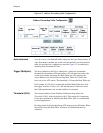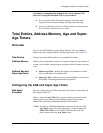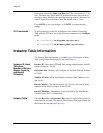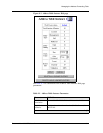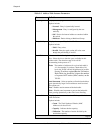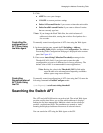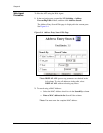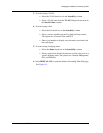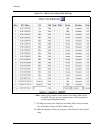
Document No. 10-300077, Issue 2 9-9
Managing the Address Forwarding Table
It is highly recommended the default of 40% not be changed. The
affects of varying the Threshold (Util%) are as follows:
■ Increasing Threshold: Gives better memory utilization at the
expense of more frequent flushing, flooding, and relearning.
■ Decreasing Threshold: Gives less efficient memory utilization but
does not flush, flood and relearn as often.
Total Entries, Address Memory, Age and Super-
Age Timers
Overview
You can see the Total Entries and Address Memory. You can configure
address age, auto-sizing threshold, and Super Age timers. See Figure 9-2.
Total Entries Display how many address entries are contained in the table.
Address Memory Displays how much address memory is currently being used, the amount of
memory still available, and the largest contiguous block of memory that can
exist.
Address Age and
Super Age timers
■ Address Age Time - defines the length of time addresses remain
active in the address forwarding table.
■ Super Age Time - defines how long inactive addresses are stored in
the address forwarding table before being deleted.
Configuring the AGE and Super Age Timers
Web Agent
Procedure
You can configure the Age Timer and Super Age Timer by using either the
Web Agent or the CLI.
Enter a value in the Age Time field. Aged out addresses become invalid
until the switch sees another packet with the aged out entry’s source
address.The standards-recommended default is 300 seconds.
* Note: If you have ATM Uplink Modules in the chassis and you set the
Age Timer value to less than 30 seconds, you must change the
Flush MAC Timer on each ATM Uplink module to be less
than or equal to the new Age Timer value.



